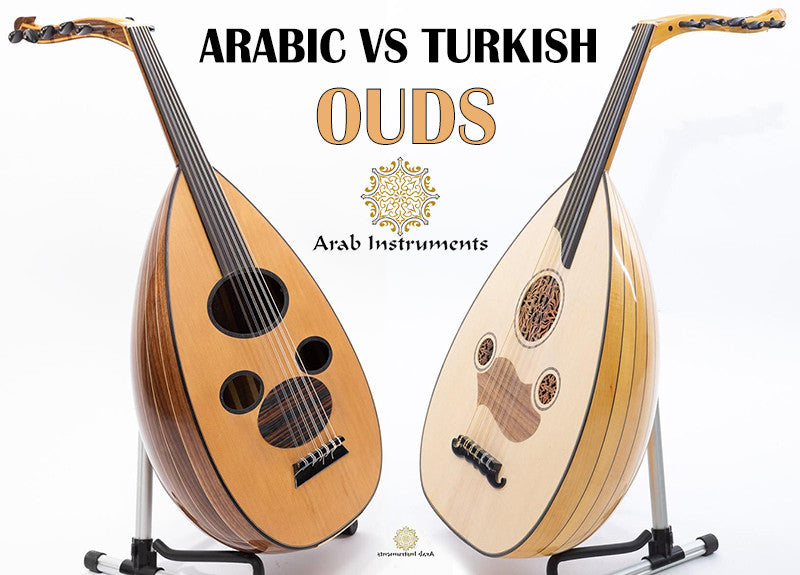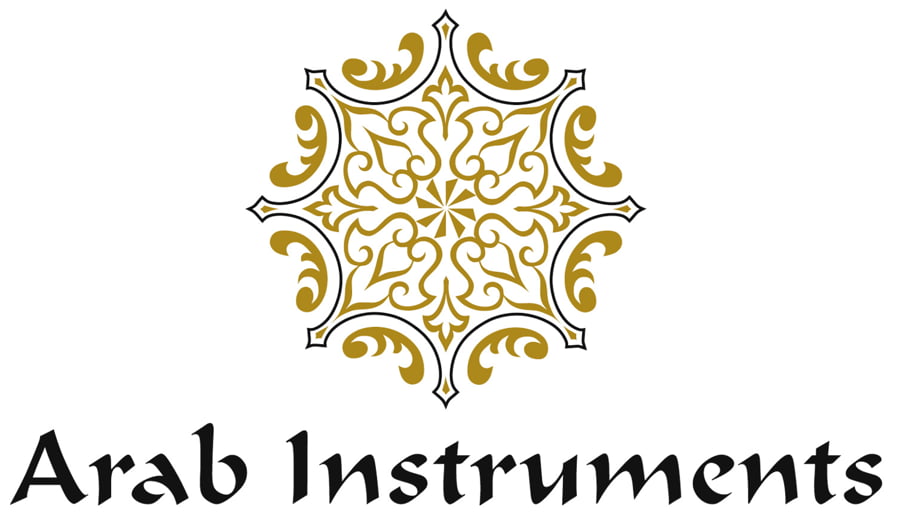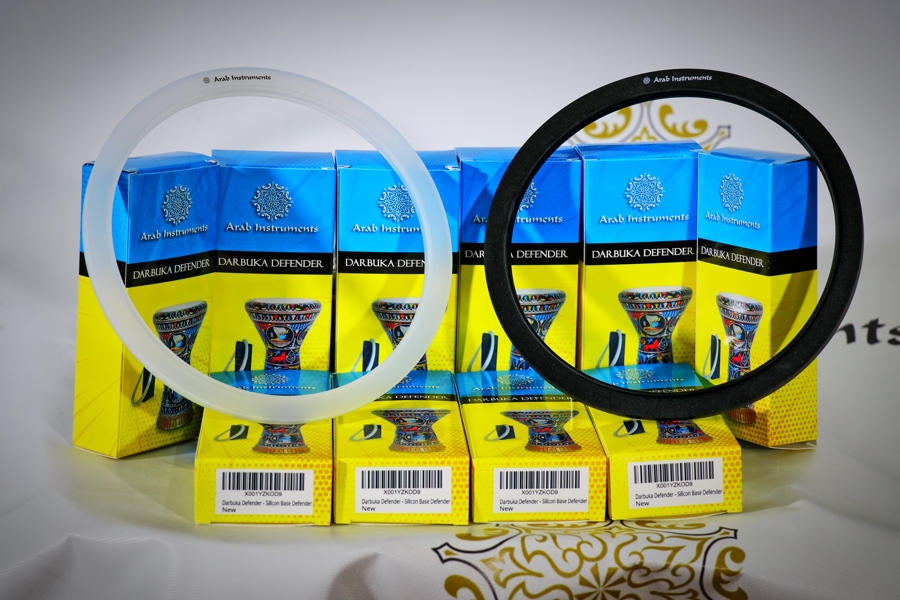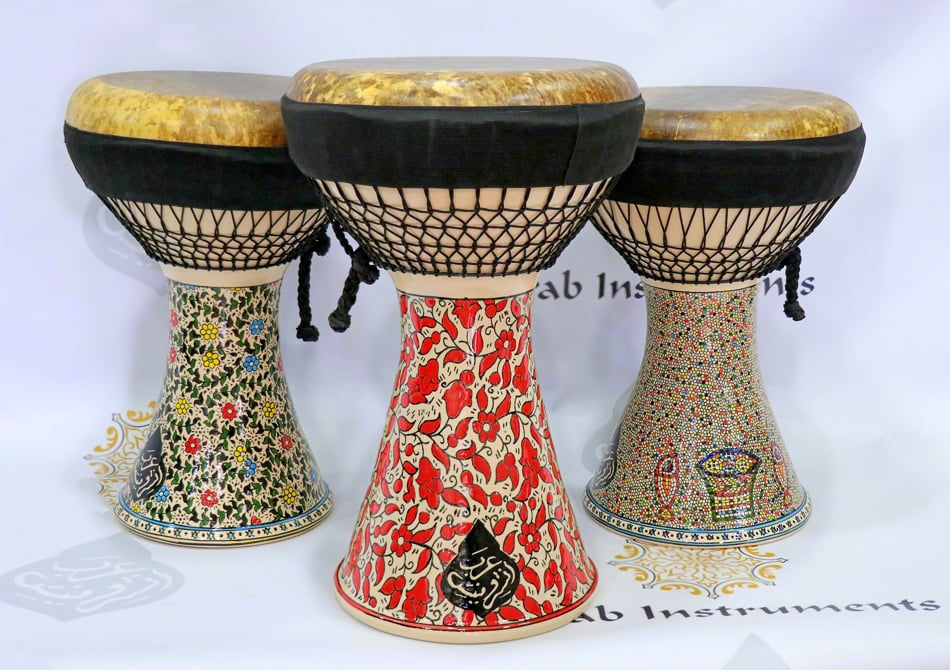
The Differences Between Arabic oud and Turkish Oud
Stringed instruments began to happen in people's lives right after the percussion instruments.
The Oud is one of the oldest stringed instruments. It was developed and is still used in all countries of the world. The Arabic Oud is one of the most important types of the Oud.
The most famous of which is the Iraqi Oud and the Shami or Damascene Oud.
Artists and also beginners play in this type of Oud instrument, because it is very elaborate and ancient, and the Arabic Oud was manufactured for the first time in the sixth century AD.
Some Technical Details
The full length of the Arabic Oud is 67 cm, and its width is 36 cm.
The size of the top image is 19 cm, 4 cm wide from the end of the keys, and 6 cm from the sound box.
The total length of each string is 57 cm.
Arabic Oud In Action
The Turkish Oud differs from the Arabic one and it is widely used all over the world.
The sound of this Oud is high, sharp and its weight is light. It is smaller than the Arabic Oud in size, and the length from the top of the Oud to the bottom is 58.5 cm.
In addition to that, the face of the Turkish Oud is thin, which makes its voice quite clear, without any noise.
The Turkish oud varies with the chain structure of 11 or 12. It has a unique passage among the types of oud.
Extensive sound properties arise from these strings. It is played in such a way that more special bells can be heard. These strings, which can make 3 octave sounds, bring music to richer points.
Thanks to its unique structure, it easily takes its place with the Arabic Oud.
Today, there is a special interest in both types of Ouds throughout the world thanks to the good sound that comes out of them and to their high quality.
Turkish Oud In Action
Oud Tuning
Click our oud tuner in order to check all the tuning for the oud.
The Turkish oud and the Arabic oud require different set of strings. Every set will fit to the right tension of the oud type.
You need to take into consideration that you might not use an Arabic set in Turkish oud and you might not use Turkish set for Arabic oud.
The most common tuning for Arabic ouds:
• First string ( from bottom ) : C ( Do)
• Second string : G ( Sol)
• Third string : D ( Ré)
• Fourth string : A ( La)
• Fifth string : F ( Fa)
• Sixth string : C ( Do )
The most common tuning for Turkish ouds:
• First string ( from bottom ) : D ( Ré )
• Second string : A ( LA )
• Third string : E ( Mi )
• Fourth string : B ( Si )
• Fifth string : F# ‘ Sharp ‘ ( Fa#)
• Sixth string : C# ( Do#)
The good news are that both Arabic (Egyptian ,Syrian) and Turkish ouds are great. The excellent news are that both of them available in our website. Click the button below and start your oud Journey today.


